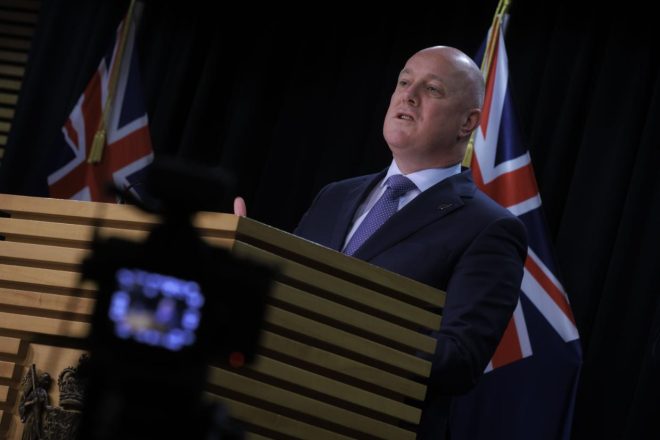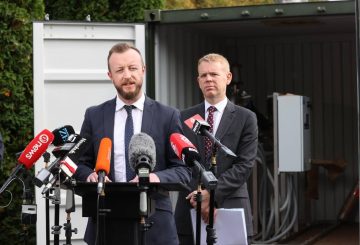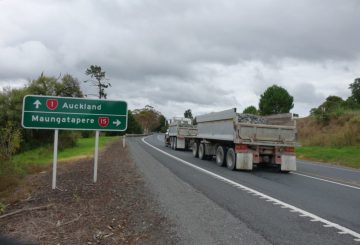조약 원칙 법안이 의회에 가까워지고 있습니다.내각은 월요일에 이에 대해 논의했으며 11월에 이를 도입할 계획입니다.이 법안은 토착민 권리보다는 재산권에 초점을 맞춰 테 티리티 오 와이탕기의 원칙을 바꾸는 것을 목표로 한다.이 법안은 데이비드 시모어 (David Seymour) 법무부 차관이 주도하고 있습니다.
크리스토퍼 룩슨 (Christopher Luxon) 총리는 국민당이 이 법안이 법으로 제정되는 것을 지지하지는 않을 것이지만, 그 내용에 대한 공개 조사에는 동의할 것이라고 언급했습니다.과거 전국에서 일어난 사건에서 룩손은 이 법안에 대한 비판에 직면했습니다.그는 내셔널 (National) 이 처음 읽을 때만 이 법안을 지지한다고 말함으로써 이 문제를 해결하려고 노력했습니다.
월요일에 내각 논의가 끝난 후 룩손은 조약 원칙에 대한 국민 투표가 없을 것이라고 확인했습니다.그는 이렇게 말했습니다. “우리는 법안을 먼저 읽을 수 있도록 지지하고 있습니다.이 법안은 11월에 하원에 상정될 것”이라면서 내셔널의 제한된 지지를 재차 강조했습니다.
이 법안에 대한 반대가 증가하고 있습니다.400명이 넘는 기독교 지도자들이 정부에 이를 포기할 것을 요청하는 서한에 서명했습니다.그들은 이 법안이 뉴질랜드 아오테아로아 (Aotearoa New Zealand) 에 해를 끼칠 수 있다고 경고하고, 교회는 와이탕기의 테 티리티의 마나를 지킬 의무가 있다고 강조했다.그들은 의원들에게 이 법안이 선정위원회에 제출되는 것을 중단할 것을 촉구했다.
노동당의 윌리 잭슨 (Willie Jackson) 의원도 이 법안이 의회에 제출되어서는 안 된다고 비판하고 국민당 장관들에게 반대를 촉구했다.그러나 룩손은 이 법안을 중단하지 않을 것이며 의회 위원회에서 이 법안을 검토하도록 하는 것을 지지한다고 밝혔습니다.
룩손은 이번 조약 원칙 법안이 연합 협상에서 중요한 사안이었으며 이를 해결하는 데 시간이 걸렸다고 설명했다.시모어는 법안이 의회에 상정될 때까지 논의를 기다려야 한다고 제안하면서, 이 법안이 “모든 인간은 동등한 권리를 가진다”는 것이 확인될 것이라고 주장했습니다.





























































